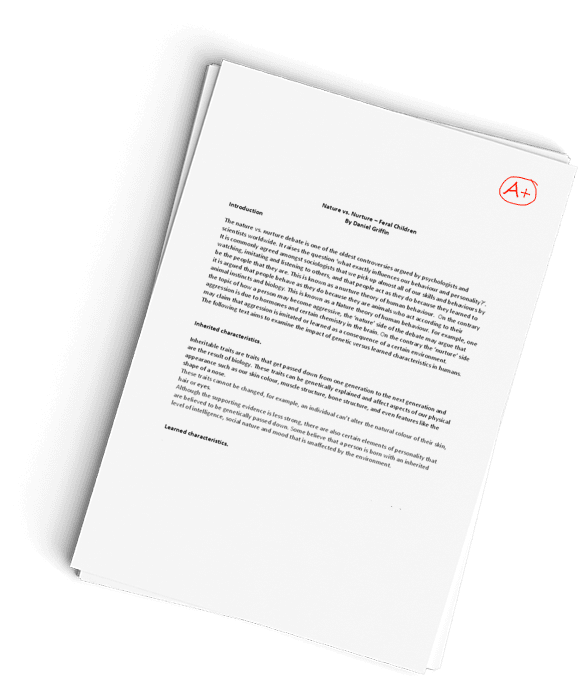University of Miami Finance Institutional Investors Discussion
Description
read in the textbook Maginn, J., L., Tuttle, D. L., Pinto, J. E., & McLeavey, D. W. (2007). Managing investment portfolios: A dynamic process (3rd ed.). John Wiley & Sons.
Chapter 5: Asset Allocation, Sections 6 through 10
Chapter 3: Managing Institutional Investor Portfolios
Chapter 11: Monitoring and Rebalancing
Institutional investors are significant players in worldwide financial markets. Institutional investment portfolio managers must implement portfolio theory and embrace new investment instruments while enhancing and protecting the benefits due to thousands of individual plan participants or beneficiaries of the plans. In this discussion forum, you will compare the elements of an investment policy statement for each type of institutional investor.
- Review your classmates post below and in responding carefully consider your classmates chosen institutional investor. In your response,
- Compare the objectives from their institutional investor to the institutional investor you chose.
- Provide at least one additional element that should be considered in their institutional investor objectives.
Classmates post:
nstitutional investors are typically corporations or large company’s that invest money for clients. Our text focuses on five institutional investors but I would like to focus on foundations. Foundations are defined as “grant-making institutions funded by gifts and investment assets” (Maginn, et. al., 2007, p.85). Independent foundations can be private or family funded while company-sponsored foundations often focus on philanthropic funding to grantees. Operating foundations are intended to fund specific programs while community foundations focus on gaining support for a variety of grants.An investment policy statement provides a written contract between an portfolio manager and a client that outlines rules the manager must a bide by as well as a stated set of objectives and strategies to help the manager meet the client objectives. Below I will outline several considerations that should be included within the investor policy statement.Risk: Foundations have a higher risk tolerance than most investments and allows for the investment policy to be fluid. You can be more aggressive with foundation investment policies and are not subject to defined liability due to a difference of goals from other institutional investors.Return: Since foundations can have a variety of different objectives they often have different goals where return is concerned. The investor policy statement should include clear short-term or long-term goals for the foundation in order to help guide an appropriate return goal. Should the foundation be looking at long-term grants a benchmark and investment management expense should be included for objectivity (Maginn, et. al., 2007).Liquidity Requirements: The Tax Reform Act of 1969 affected foundations by requiring 5% annual spending minimum. This tax law does allow for carryforwards and carrybacks so if a large donation is made in one year it won’t affect the foundation long-term. Foundations that are run effectively and responsibly often set aside a liquidity reserve of 10-20% which may be written into the investment policy.Time Horizon: “Investors often assume that a longer time horizon implies a greaterability to bear risk because a longer horizon affords them more time to recoup losse” (Maginn, et. al., 2007, p.89).Taxes: There are several tax liabilities to consider with a foundation that can be triggered by unrelated income and investment income. The investment income tax of 2% is supposed to be paid in advance quarterly. There is also excise tax some foundations may need to consider. Depending on the operations of the foundation and the regular activities, these factors should be considered in the investment policy. Legal and Regulatory Factors: There are many legal and regulatory factors that affect foundations depending on which countries they operate within. In the United States, there are many states in which foundations are subject to Uniform Management of Institutional Funds Act (UMIFA) which basically limits the activities of the foundations to their stated objectives and charitable purpose otherwise they are subject to excise tax.Unique Circumstances: Sometimes there are foundations that are donated stock as a restricted gift and are unable to diversify, swap, or hedge its investment risks. Depending on these types of restricted grants and gifts that the donor’s retain voting rights, the investment policy may need to contain a list of strategies to employ for any unique circumstances.
Have a similar assignment? "Place an order for your assignment and have exceptional work written by our team of experts, guaranteeing you A results."








